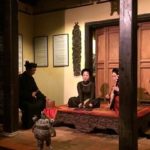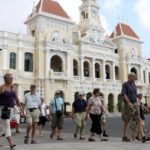The Hanoi Lotus Festival 2024 commenced last night (July 12) at Tay Ho Cultural and Creative Space, celebrating 70 years since the Hanoi Liberation Day.
The lotus flower, a significant symbol of Vietnamese culture, embodies purity and resilience. It is deeply ingrained in everyday life and holds a special place in the country’s cultural heritage.
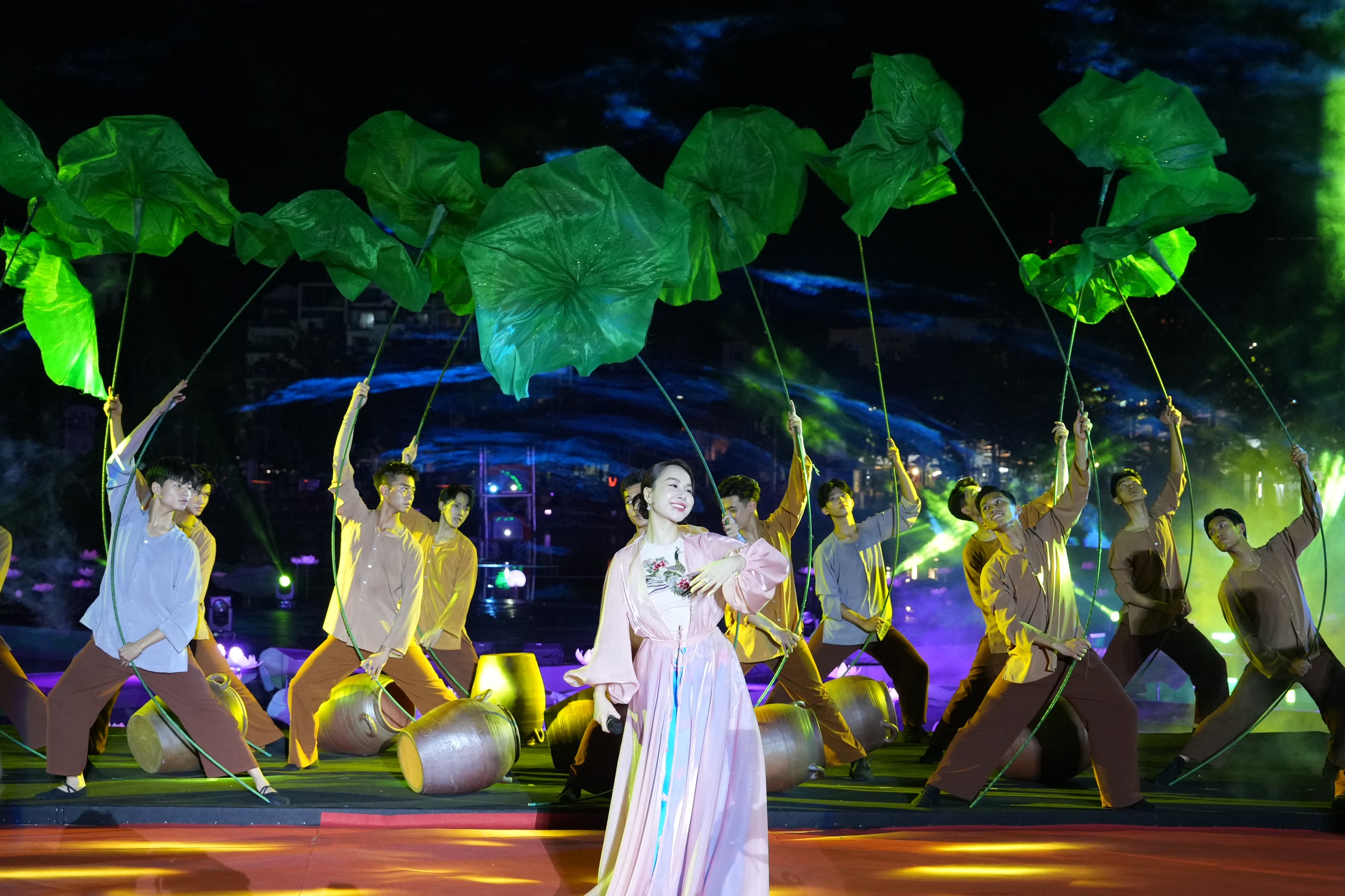 |
| The lotus flower, a symbol of purity and resilience in Vietnamese culture. Photo: Duy Khanh |
Hanoi Deputy Mayor Nguyen Manh Quyen, in his opening remarks, highlighted the city’s focus on developing lotus farming as a key component of its agricultural restructuring strategy. This initiative also aligns with the promotion of urban agriculture and tourism in the region.
The festival offers a diverse range of engaging activities, such as the “Ao Dai Beauty and Lotus” photo contest, a seminar on flower preservation and development, and the introduction of OCOP products unique to Tay Ho district. A musical evening honoring the renowned composer Trinh Cong Son and his contemporaries is also on the agenda.
According to Quyen, the event promises to showcase exceptional art programs and foster cultural exchanges, blending regional cultures with the distinctive lifestyle of Hanoi’s residents.
Latana Siharaj, Charge d’Affaires of the Lao PDR, expressed her honor and pleasure in attending the ceremony, alongside representatives from various foreign diplomatic missions in Hanoi. She emphasized the importance of culture as one of the three pillars of ASEAN and shared photos of the lotus flower’s significance in Lao culture and daily life.
“We highly regard Hanoi’s efforts in organizing activities that foster unity within the diplomatic community,” she added, acknowledging the city’s contributions.
The Vietnam Record Organization also recognized two records during the festival’s opening ceremony: the largest gathering of cyclists for the Tay Ho lotus ride, with 7,000 participants, and the highest number of individuals wearing traditional ao dai with lotus patterns, totaling 1,000 people.
Over 100 booths from 33 provinces and cities across Vietnam showcased OCOP products linked to the culture of the northern mountainous provinces. This exhibition featured more than 1,000 regional specialties, emphasizing the rich diversity of Vietnamese culture and heritage.
A dedicated space highlighted lotus-based products, featuring a unique portrait of Uncle Ho composed of nearly 2,000 lotus photos from various regions. This display was accompanied by the painting “Thang Long Huyen Dieu Hoa,” crafted from over 20,000 lotus flowers, showcasing the artistic talent and creativity of the Vietnamese people.
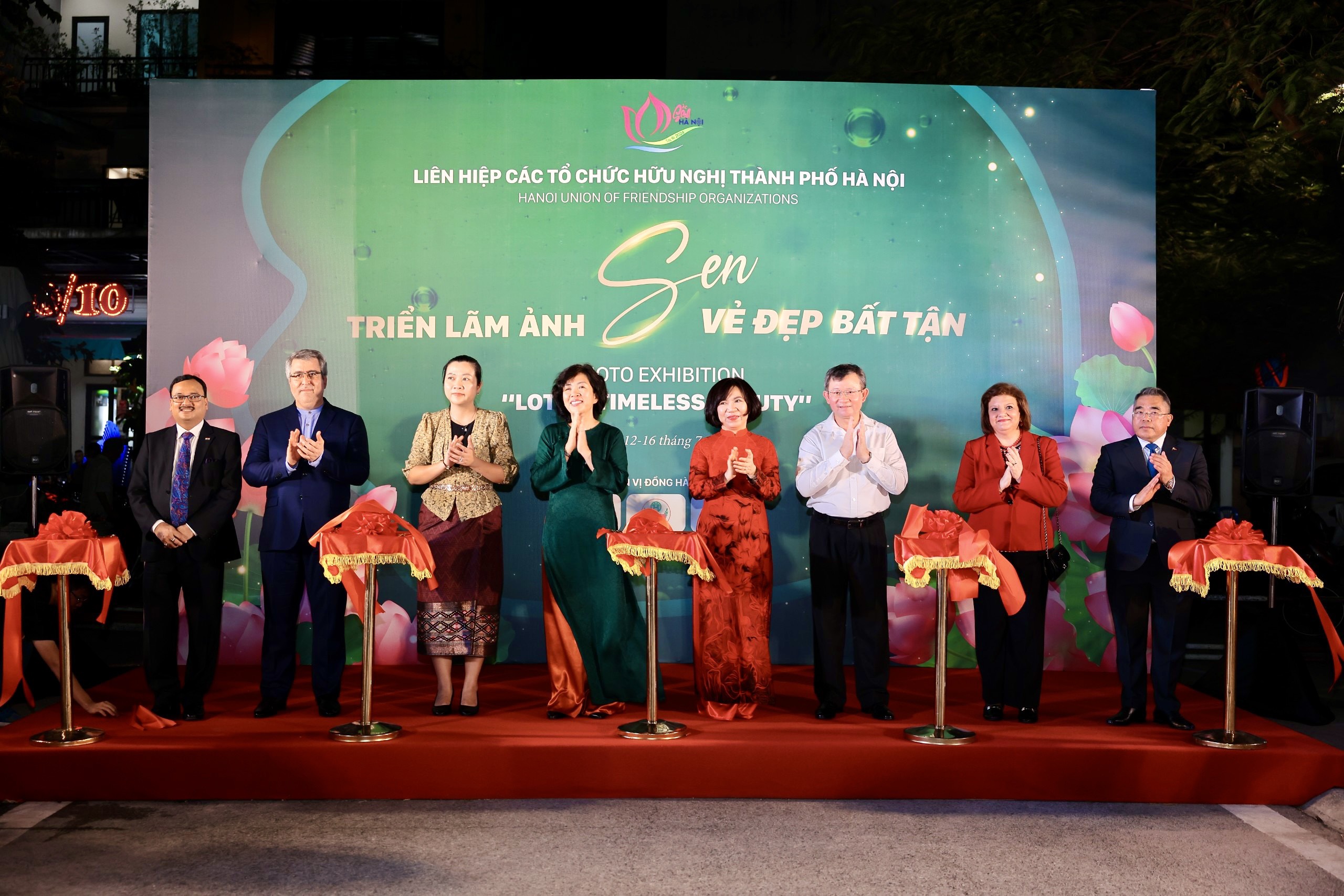 |
| The exhibition “Lotus Timeless Beauty” was a highlight of the festival. Photo: The Hanoi Times |
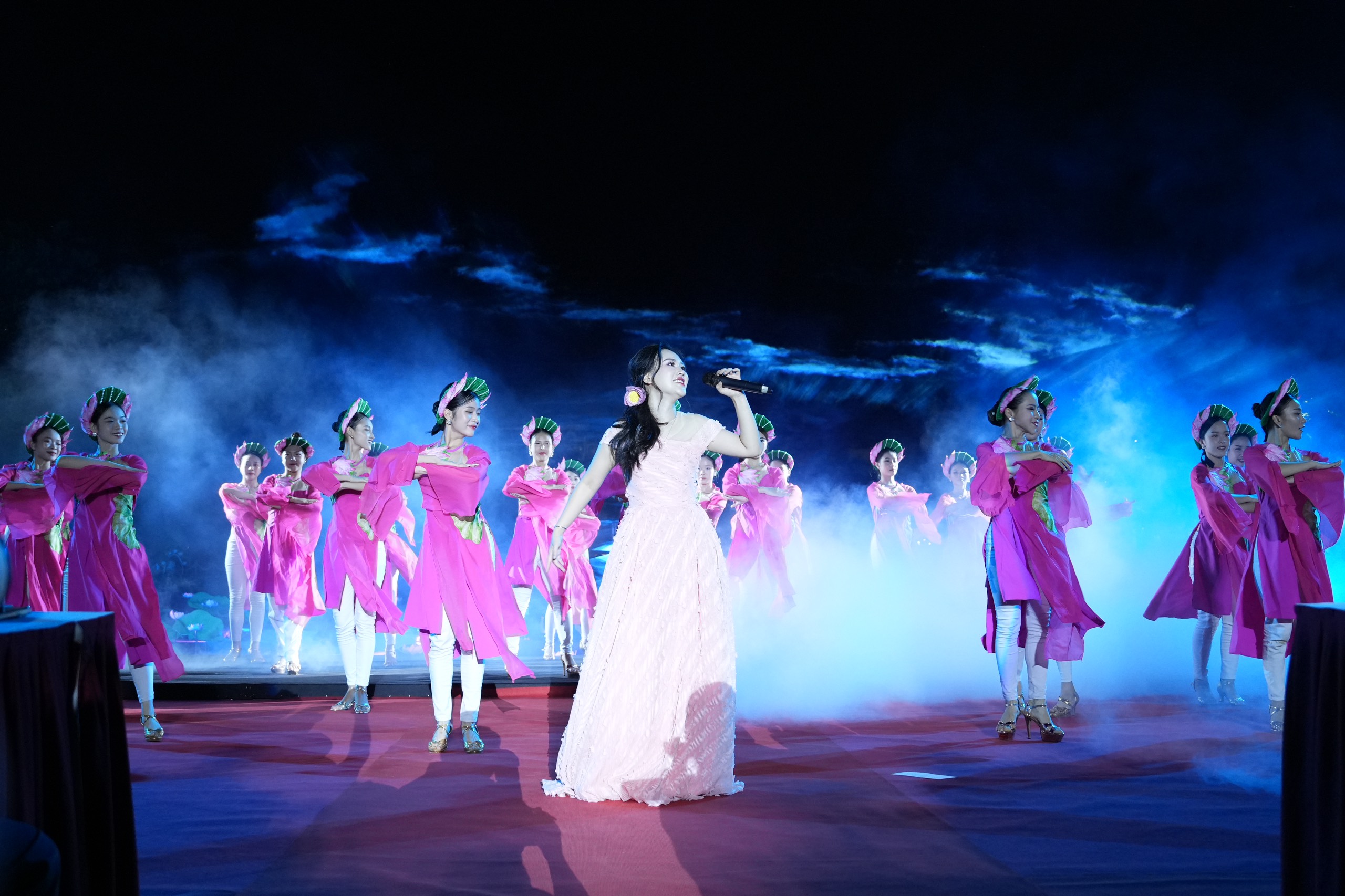 |
| Special cultural arts programs from different regions added a unique flavor to the festival. Photo: Duy Khanh |
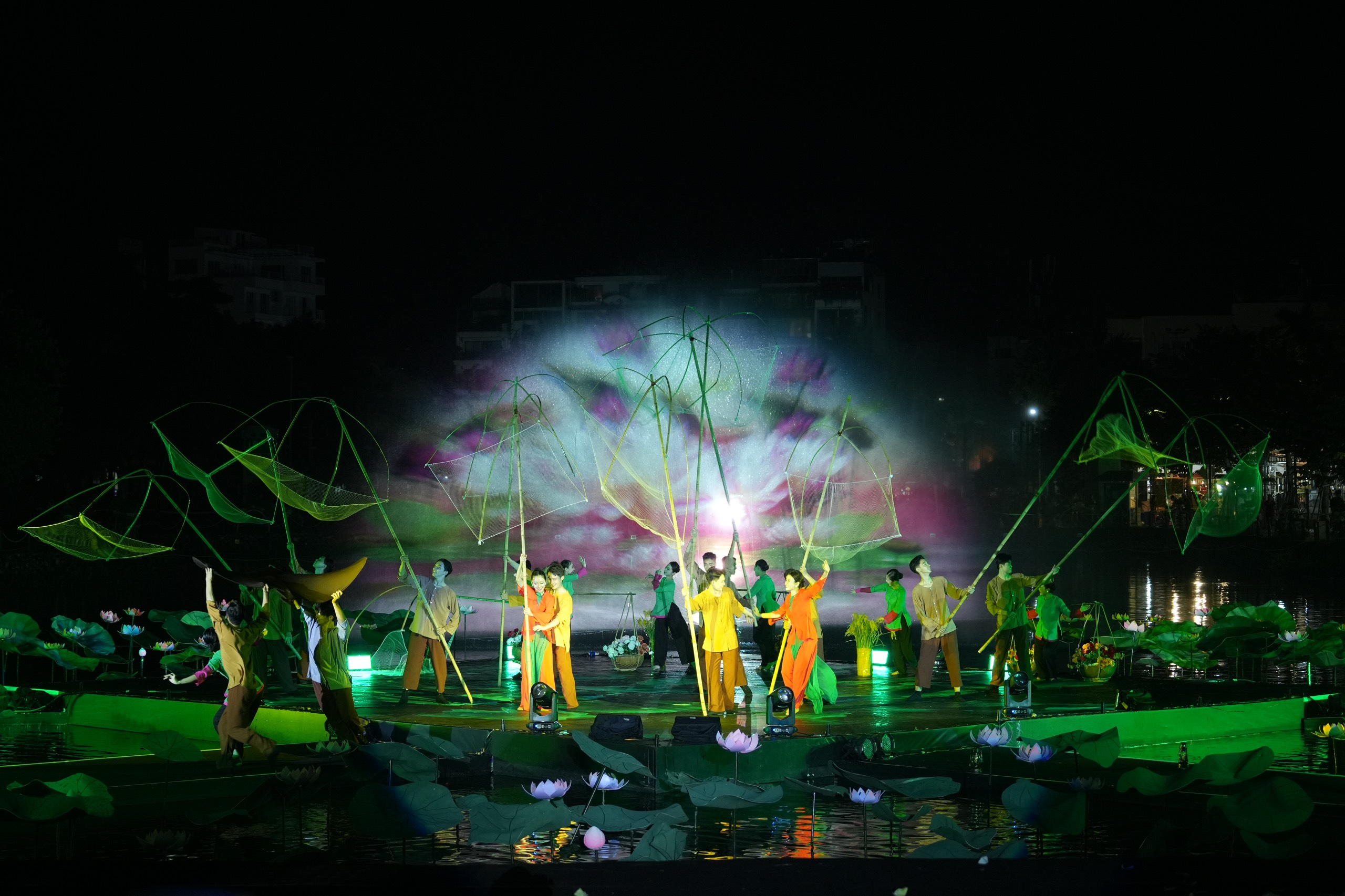 |
| Cultural arts performances from various regions captivated the audience. Photo: Duy Khanh |
 |
| Festival attendees enjoyed the special cultural arts programs from different regions. Photo: Duy Khanh |
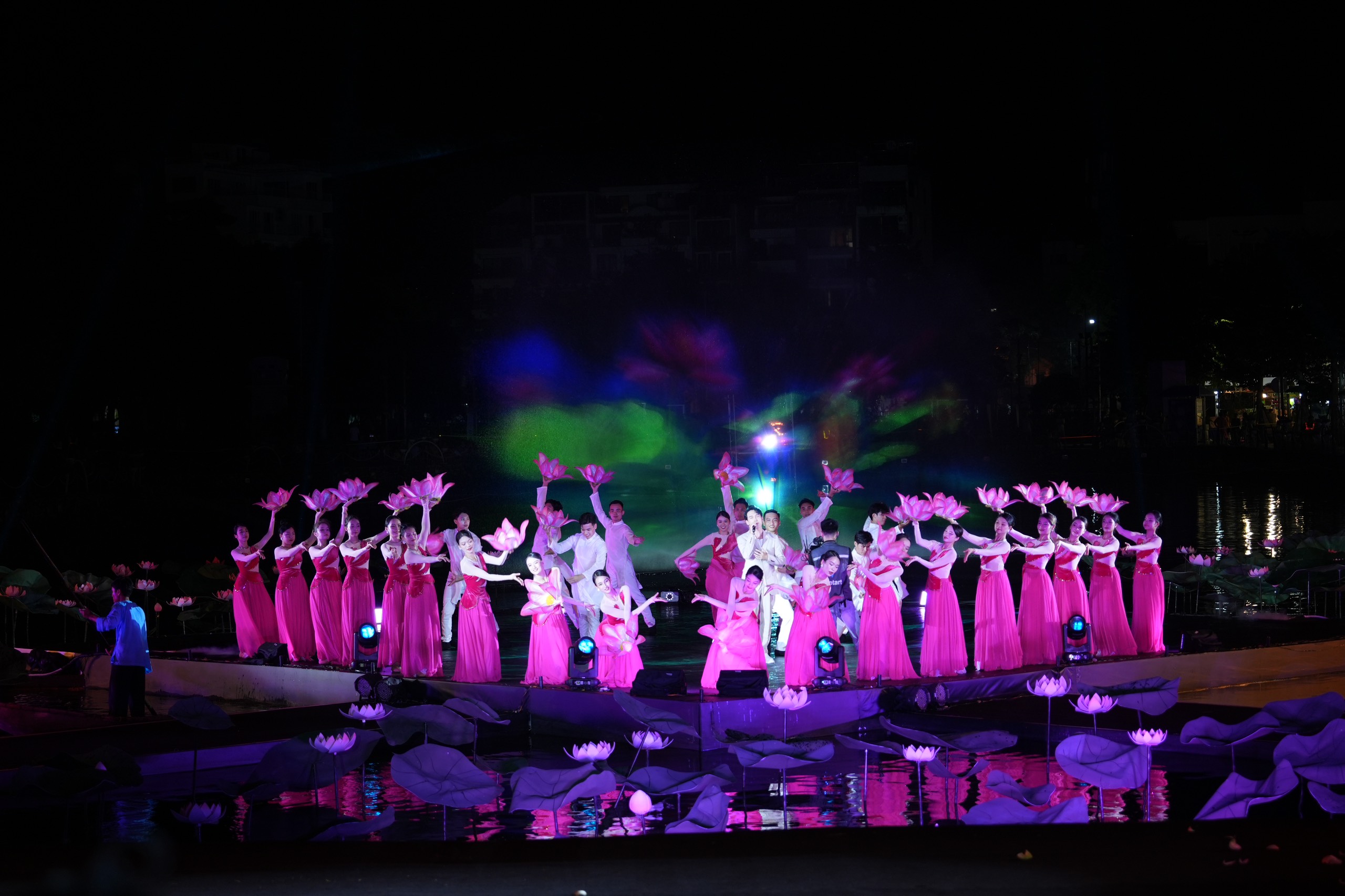 |
| A semi-realistic underwater stage with technological elements and unique projection mapping was created at the Tay Ho Cultural and Creative Space. Photo: Duy Khanh |
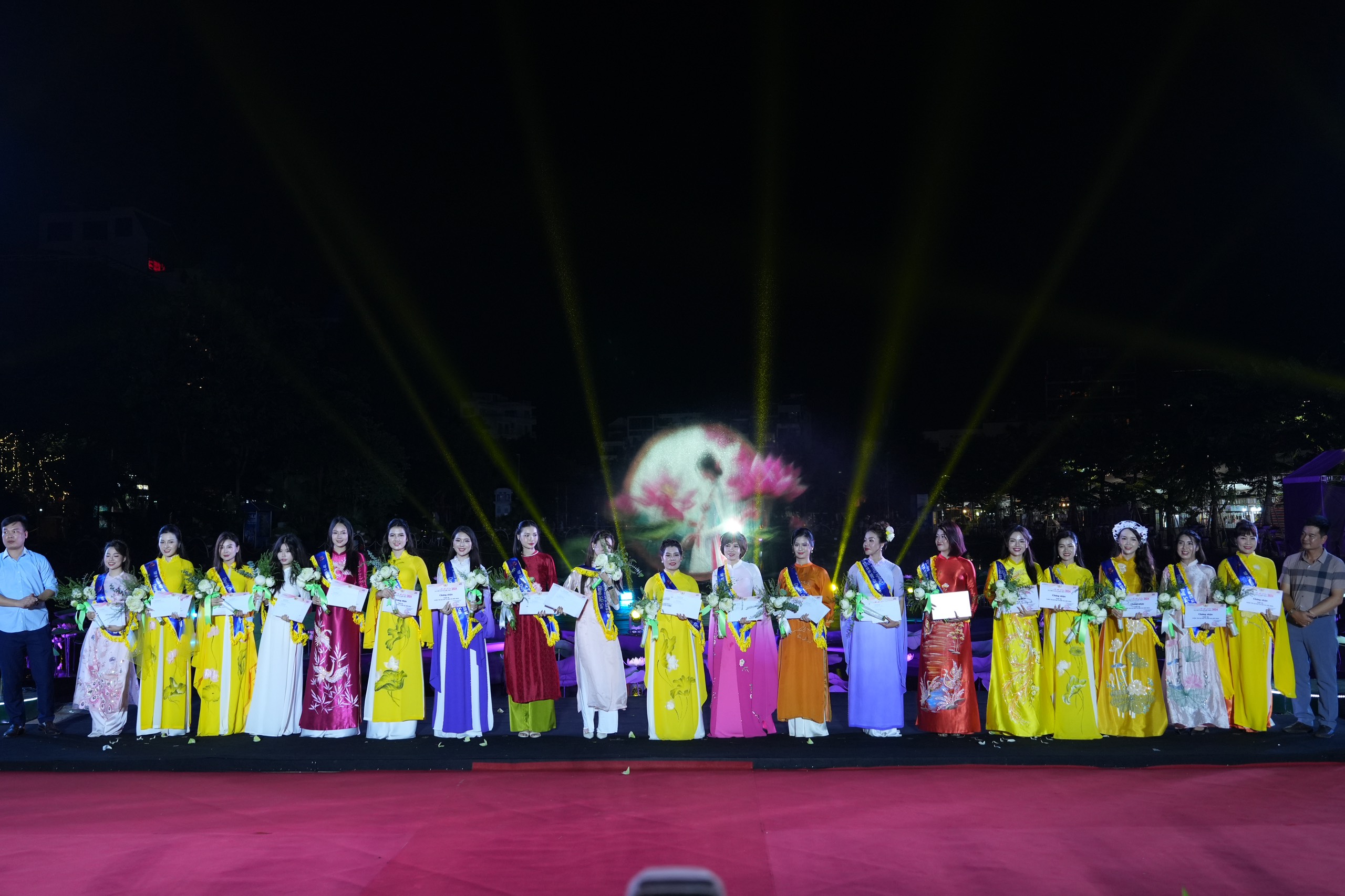 |
| The ao dai performance, featuring patterns by designer Cao Minh Tien, showcased the beauty of the lotus flower through intricate hand-drawn strokes. Photo: Duy Khanh |
 |
| A closer look at the ao dai with lotus patterns, designed by Cao Minh Tien. Photo: Duy Khanh |
Ancient house in Ma May
NDO – Ma May, a rare quarter that still retains several old houses, has created one of the characteristics of Hanoi. Hanoi’s streets are becoming increasingly crowded and traditional features can sometimes be hidden behind modern life. But if one takes the time to relax and look around, the ancient features begin to reveal themselves.
Hanoi, HCM City see good growth of tourism revenue
NDO – In the first ten months of 2016, the revenue of Ho Chi Minh City’s tourism industry amounted to VND80 trillion while Hanoi’s reached over VND50 trillion.


